Front Hand Simple Mehndi Design: Ultimate Guide to Easy & Elegant Patterns 2025
- Rabia nadir
- Aug 22
- 13 min read
Searching for front hand simple mehndi design inspiration that balances elegance with simplicity? This comprehensive guide showcases 75+ stunning patterns, design trends, and cultural insights specifically focused on front hand mehndi artistry. From traditional motifs to contemporary adaptations, discover the complete world of simple yet sophisticated henna designs for your palms.
What Makes Front Hand Simple Mehndi Design Special?
Front hand simple mehndi design represents the perfect fusion of accessibility and visual impact. Unlike complex full-hand coverage that requires hours of application, simple front hand patterns deliver stunning results in 15-45 minutes while maintaining cultural authenticity and artistic beauty.
The Appeal of Simplicity: Modern mehndi enthusiasts increasingly gravitate toward minimalist designs that offer maximum visual impact with minimal time investment. Simple front hand patterns satisfy this desire while providing ideal canvases for both beginners learning basic techniques and experienced artists seeking elegant, understated beauty.
Cultural Significance: Traditional front hand mehndi holds profound meaning in South Asian cultures, symbolizing joy, beauty, and spiritual awakening. Simple designs honor these traditions while making the art form accessible to global audiences who appreciate both aesthetic beauty and cultural depth.
Evolution of Front Hand Simple Mehndi Design Trends
Historical Development
Traditional front hand mehndi patterns originated thousands of years ago across South Asian, Middle Eastern, and North African cultures. Ancient designs emphasized symbolic meanings and ceremonial significance, with specific patterns reserved for weddings, religious festivals, and major life transitions.
Regional Variations: Different cultural regions developed distinct front hand styling approaches. Indian traditions favor intricate paisleys and floral motifs, Arabic styles emphasize flowing geometric patterns, while Pakistani designs often feature bold, architectural elements. These regional differences continue influencing contemporary simple design approaches.
Modern Adaptations: Today's front hand simple mehndi design trends blend traditional elements with contemporary aesthetics. Social media influence has popularized photogenic patterns that maintain cultural authenticity while appealing to global audiences seeking Instagram-worthy artistic expression.
Contemporary Design Philosophy
Minimalism Movement: The modern minimalist approach to front hand mehndi emphasizes strategic use of negative space, clean lines, and carefully selected design elements. This philosophy creates sophisticated results without overwhelming complexity, appealing to practitioners who prefer subtle elegance over ornate coverage.
Cultural Fusion: Contemporary artists increasingly blend elements from different mehndi traditions, creating unique fusion patterns that respect cultural origins while expressing individual creativity. These approaches demonstrate how traditional art forms can evolve while maintaining authentic cultural connections.
Sustainable Practice: Growing awareness of cultural appreciation versus appropriation has led to more thoughtful engagement with mehndi traditions. Modern practitioners emphasize learning cultural contexts, supporting authentic artists, and approaching the art form with genuine respect and understanding.
Comprehensive Guide to Front Hand Simple Mehndi Design Categories
Traditional Indian Patterns
Paisley-Based Designs The iconic paisley motif forms the foundation of countless Indian front hand patterns. Simple paisley arrangements can feature single large paisleys, three-paisley triangular compositions, or paisley border formations around palm perimeters. Each approach offers different visual impacts while maintaining cultural authenticity.

Traditional paisley designs often incorporate internal fill patterns like dots, lines, small flowers, or geometric elements. The versatility of paisley shapes allows them to adapt to different palm sizes and proportions while maintaining their distinctive curved, organic appearance that defines Indian mehndi aesthetics.
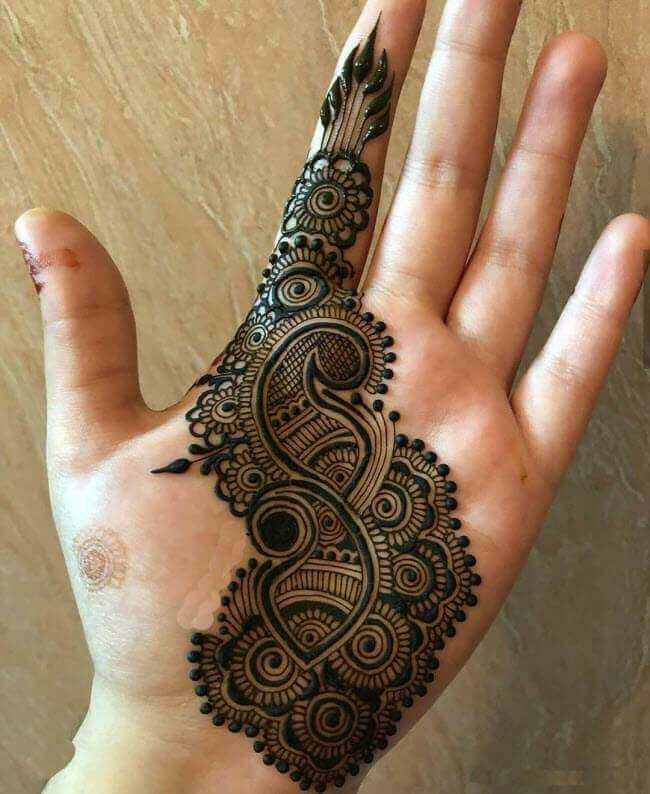
Floral Traditional Motifs Indian front hand designs frequently feature roses, lotus flowers, and other culturally significant blooms. Simple floral patterns might showcase single large flowers positioned in palm centers, small flower clusters distributed across palm surfaces, or floral chains forming decorative borders.

Cultural flower symbolism adds meaningful depth to simple designs. Roses represent love and new beginnings, lotus flowers symbolize purity and spiritual awakening, while jasmine motifs signify beauty and grace. Understanding these meanings enriches the artistic experience while ensuring culturally appropriate pattern selection.

Arabic-Inspired Simple Designs
Geometric Flow Patterns Arabic mehndi traditions emphasize bold, flowing geometric patterns that create dramatic visual impact through strategic use of negative space. Simple Arabic front hand designs often feature diagonal lines, curved geometric elements, or architectural motifs inspired by Islamic art and design principles.

Structural elements in Arabic patterns include repeating geometric motifs, symmetrical border designs, and architectural-inspired patterns that demonstrate mathematical precision. These approaches create sophisticated visual effects while remaining technically achievable for practitioners at various skill levels.
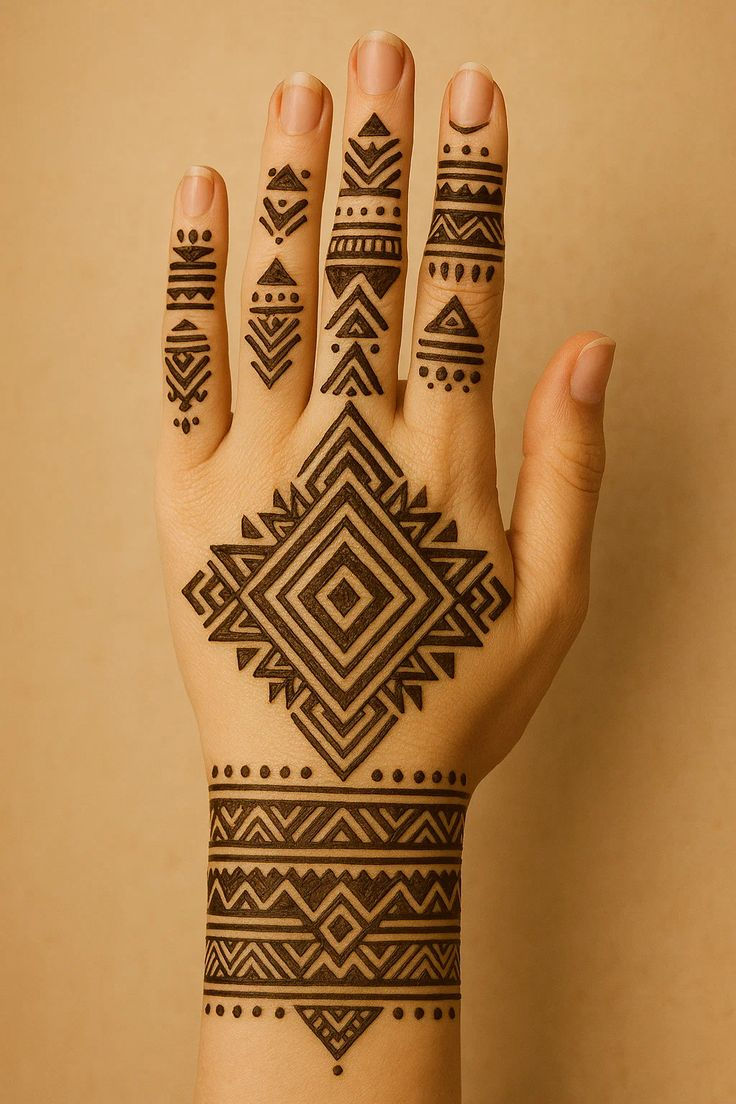
Vine and Leaf Motifs Arabic-style vine patterns flow organically across palm surfaces, creating natural movement and visual interest. Simple versions might feature single vine trails decorated with alternating leaves, multiple vine intersections forming geometric patterns, or vine borders framing palm areas elegantly.
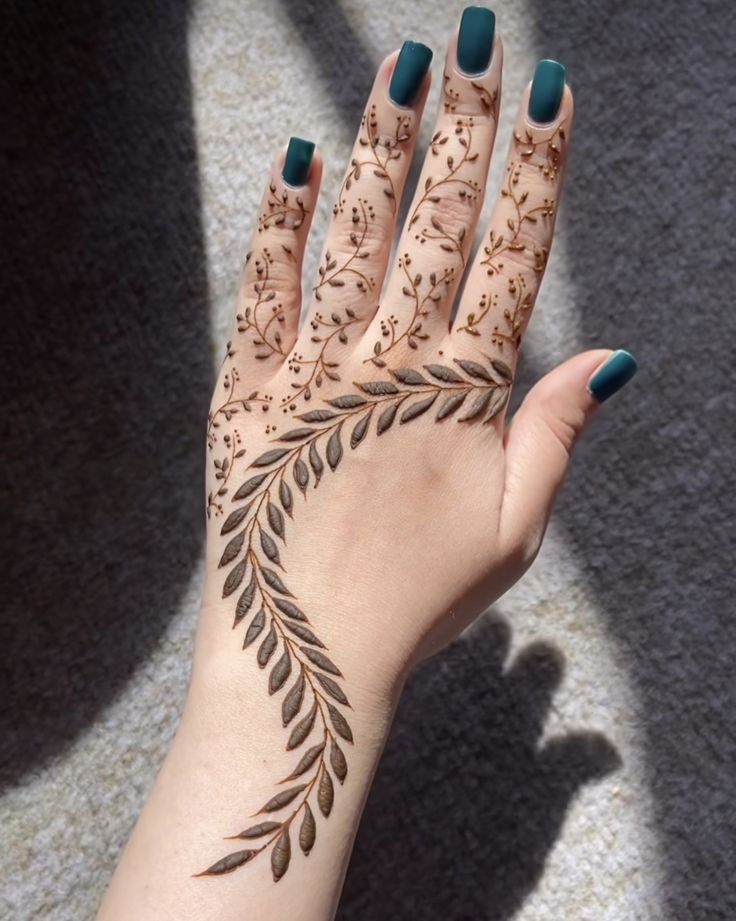
Design characteristics include clean, bold lines, strategic negative space utilization, and emphasis on overall composition rather than intricate internal details. These principles create striking visual impact while maintaining the accessibility that defines simple front hand design approaches.

Contemporary Fusion Styles
Modern Geometric Interpretations Contemporary artists reinterpret traditional motifs through modern geometric lenses, creating patterns that honor cultural origins while appealing to contemporary aesthetic sensibilities. These designs often feature simplified geometric shapes, architectural elements, or mathematical patterns that demonstrate precision and planning.
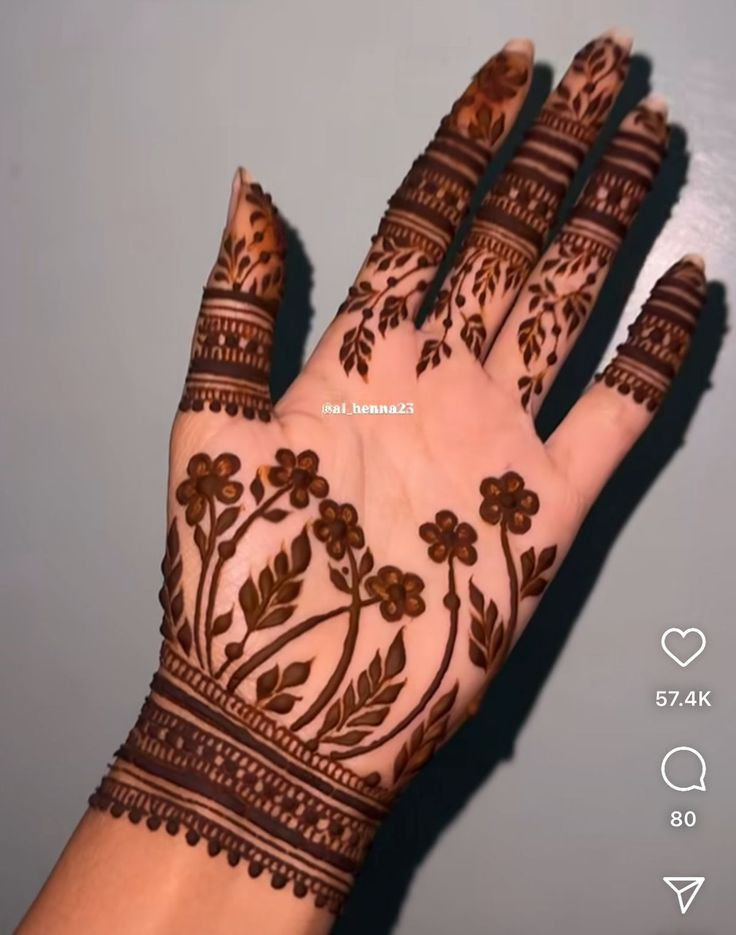
Innovation within tradition allows artists to explore new visual territories while maintaining authentic connections to cultural sources. Modern geometric approaches might simplify complex traditional patterns, isolate specific traditional elements for contemporary presentation, or combine multiple cultural influences respectfully.

Minimalist Cultural Fusion The intersection of minimalist design philosophy with traditional mehndi creates unique opportunities for artistic expression. Simple fusion patterns might combine Arabic geometric elements with Indian floral motifs, integrate contemporary typography with traditional symbols, or adapt cultural patterns for modern lifestyle requirements.
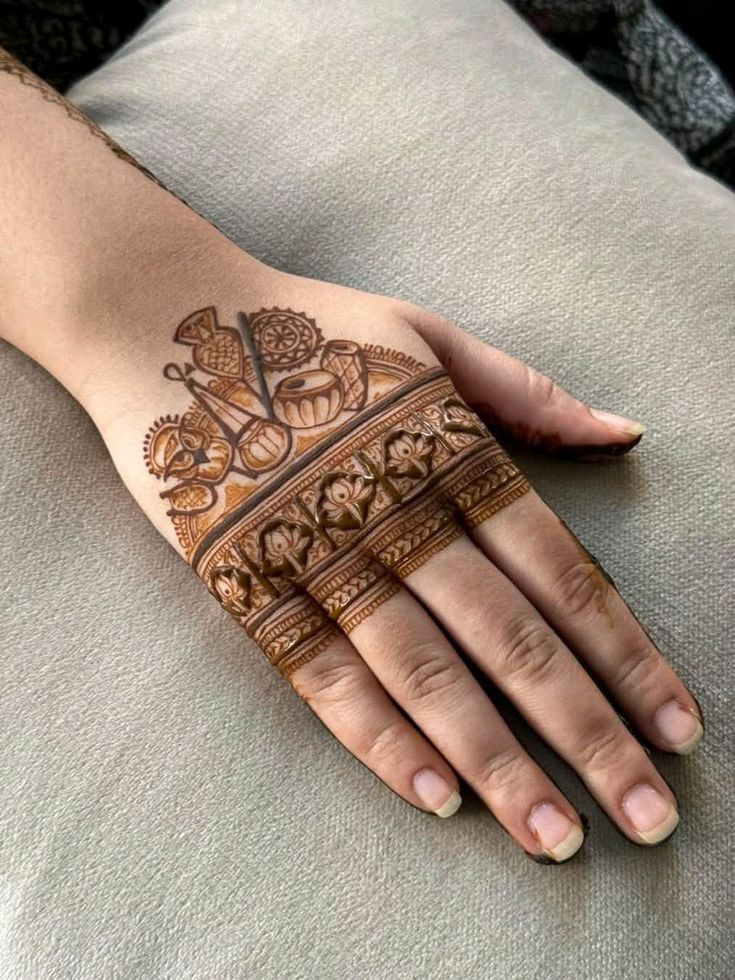
Seasonal and Occasion-Specific Designs
Wedding and Bridal Variations Bridal front hand simple mehndi design balances cultural significance with practical considerations like photography requirements, dress coordination, and application timing. Simple bridal patterns often feature meaningful symbols, hidden elements, or personalized motifs that reflect the couple's story while maintaining elegant simplicity.
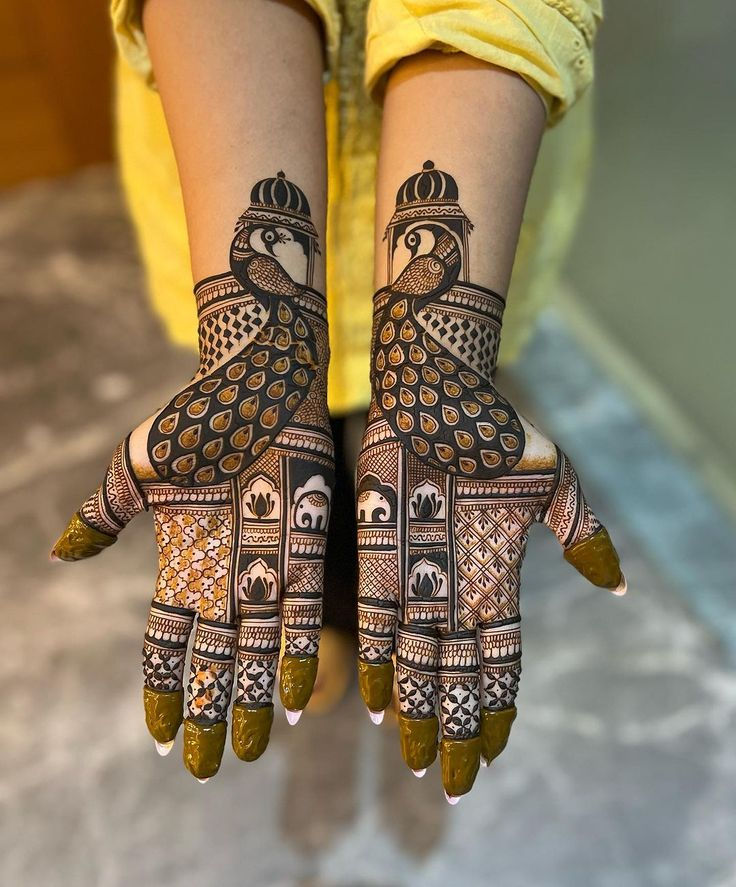
Bridal design considerations include cultural family expectations, ceremony timing, photography planning, and personal style preferences. Simple approaches allow brides to honor traditions without overwhelming their overall bridal aesthetic or requiring extensive application time during busy wedding preparation periods.
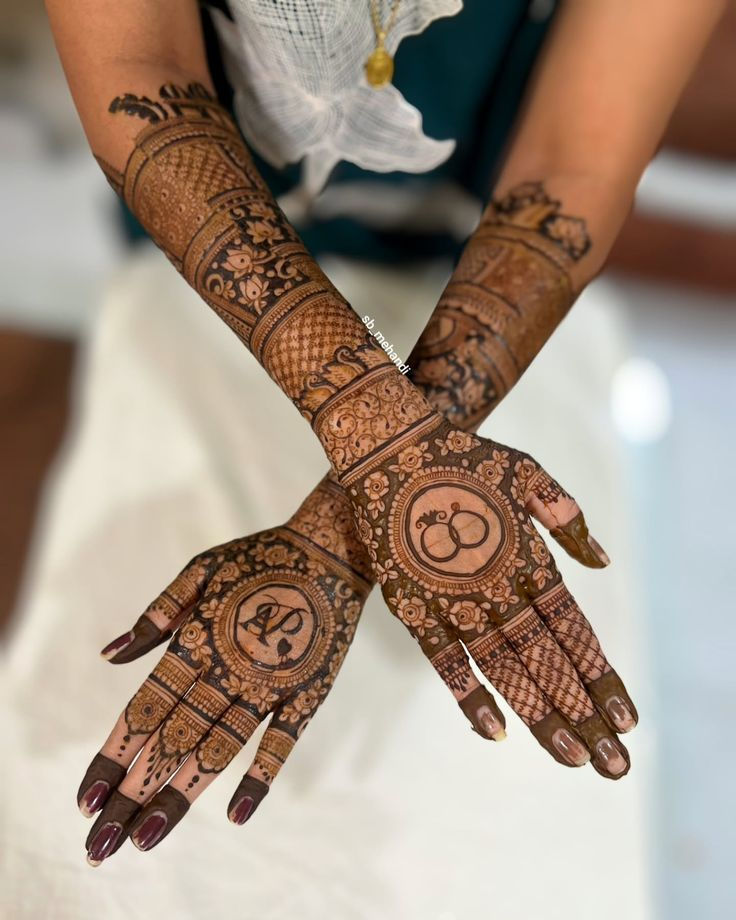
Festival and Celebration Patterns Different cultural celebrations call for appropriate design elements that reflect specific occasions' significance. Festival patterns might incorporate seasonal motifs, religious symbols, or celebratory themes while maintaining simple execution requirements suitable for family participation and cultural sharing.

Celebration adaptations demonstrate how simple front hand designs can be customized for various occasions while maintaining cultural authenticity and artistic beauty. These approaches encourage broader cultural participation while respecting traditional practices and meanings.

Design Elements and Composition Principles
Fundamental Design Components
Line Work and Flow Successful front hand simple mehndi design relies heavily on confident, smooth line work that creates visual flow and movement. Clean lines demonstrate technical skill while contributing to overall design elegance and professional appearance.

Line quality affects every aspect of pattern success, from initial outlines to decorative fill elements. Consistent line weights, smooth curves, and confident execution create professional results that photograph well and age gracefully as the henna naturally fades.

Negative Space Utilization Strategic use of negative space distinguishes sophisticated simple designs from busy, cluttered patterns. Effective negative space creates visual breathing room, emphasizes important design elements, and contributes to overall composition balance and elegance.
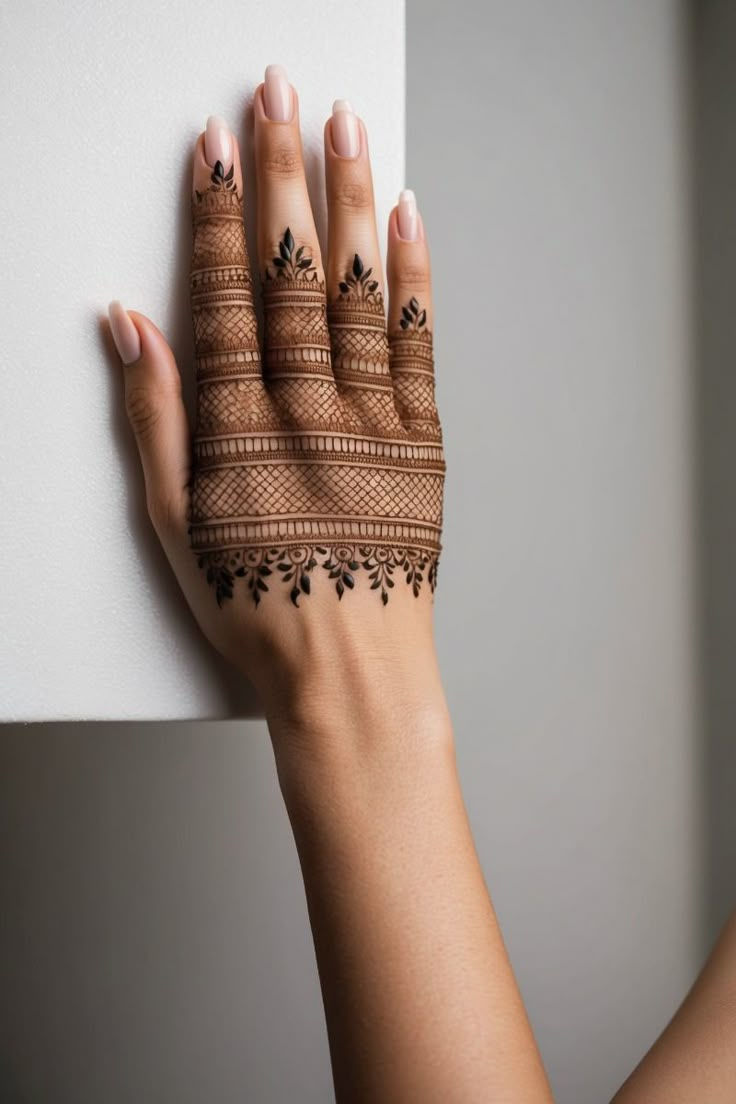
Spatial relationships between design elements and empty areas require careful consideration during pattern planning. Successful simple designs often feature more negative space than filled areas, creating sophisticated, modern aesthetics that appeal to contemporary sensibilities.

Proportion and Scale Considerations
Palm Size Adaptation Different hand sizes require thoughtful pattern scaling to ensure optimal visual proportions. Large palms can accommodate bigger design elements and more complex compositions, while smaller palms benefit from delicate, precisely scaled patterns that don't appear overwhelming.
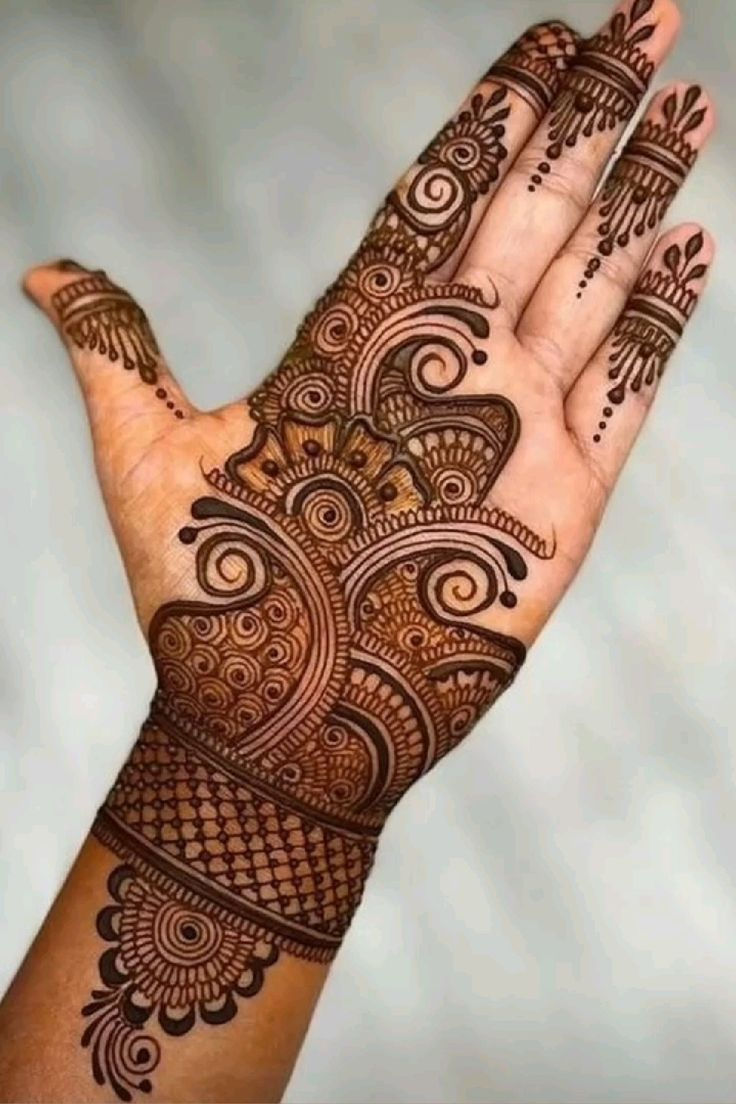
Proportional relationships between different design elements must remain consistent regardless of overall pattern size. Successful scaling maintains the integrity of traditional motifs while adapting them appropriately for individual hand dimensions and proportions.

Visual Balance Principles Achieving visual balance in front hand simple mehndi design involves careful consideration of element placement, size relationships, and compositional weight distribution. Balanced designs appear stable and harmonious while unbalanced patterns create visual tension and discomfort.

Balance strategies include symmetrical arrangements for formal, traditional appeal, asymmetrical compositions for contemporary, dynamic effects, and radial balance for mandala-style patterns that emphasize central focal points.

Cultural Authenticity and Modern Innovation
Respecting Traditional Elements Authentic front hand simple mehndi design maintains connections to cultural traditions while adapting for contemporary practice. This approach requires understanding traditional motif meanings, respecting cultural contexts, and avoiding inappropriate commercialization of sacred or ceremonial elements.

Cultural research enhances artistic practice by providing historical context, symbolic understanding, and appreciation for the cultural communities that developed and maintain these traditions. This knowledge informs design choices while ensuring respectful, appropriate artistic expression.
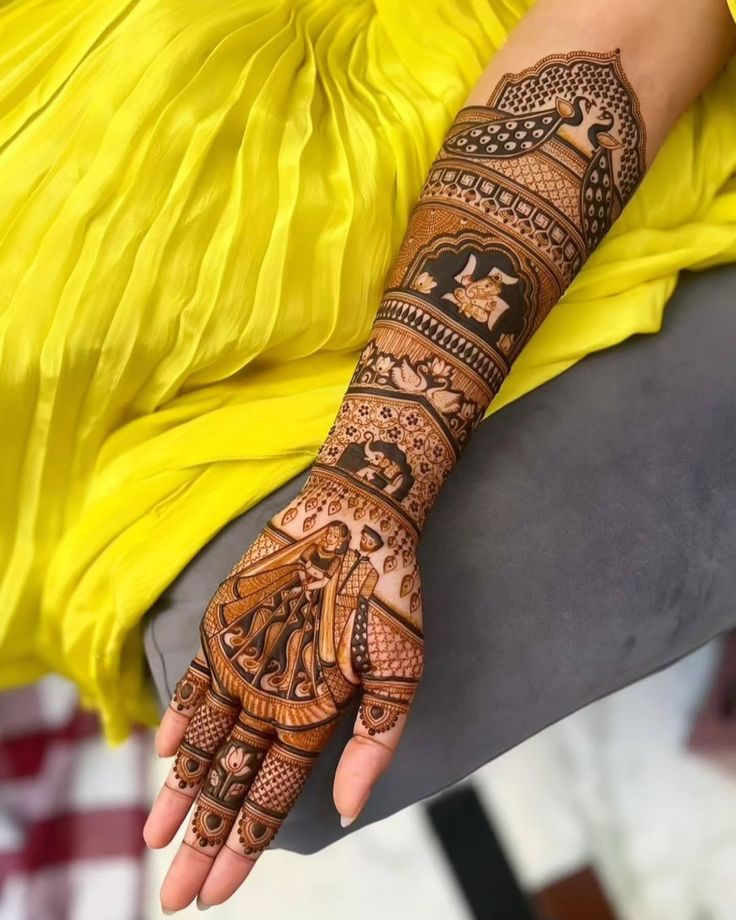
Innovation Within Tradition Contemporary artists can explore creative possibilities within traditional frameworks by simplifying complex historical patterns, adapting traditional motifs for modern contexts, or combining elements from different cultural traditions respectfully and thoughtfully.
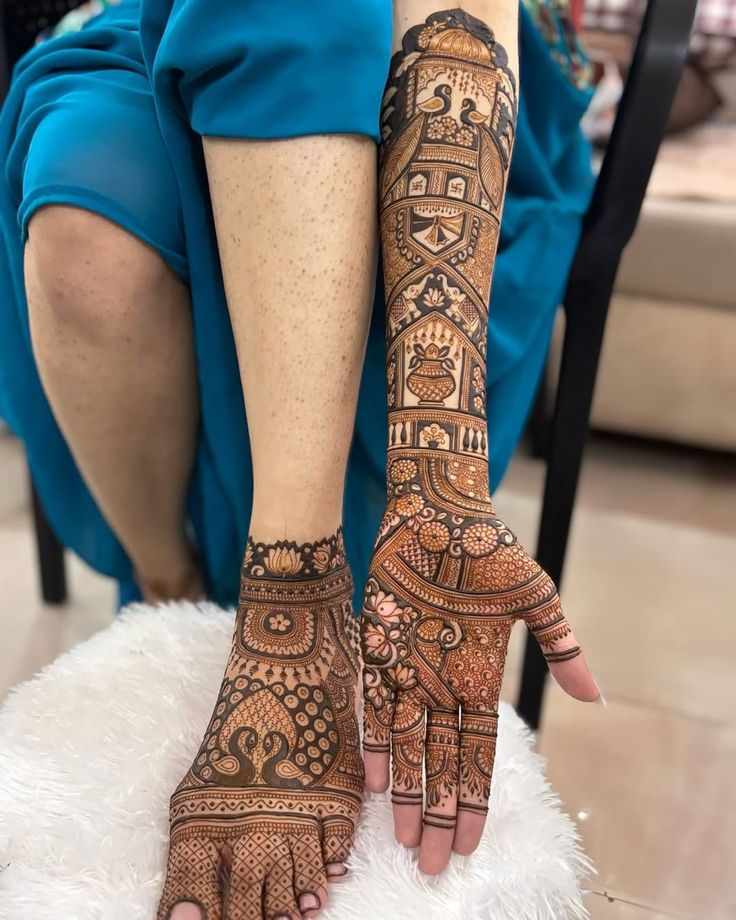
Creative boundaries require sensitivity and cultural awareness to ensure innovation enhances rather than appropriates traditional practices. Successful contemporary adaptations demonstrate respect for cultural origins while contributing fresh perspectives to evolving artistic traditions.
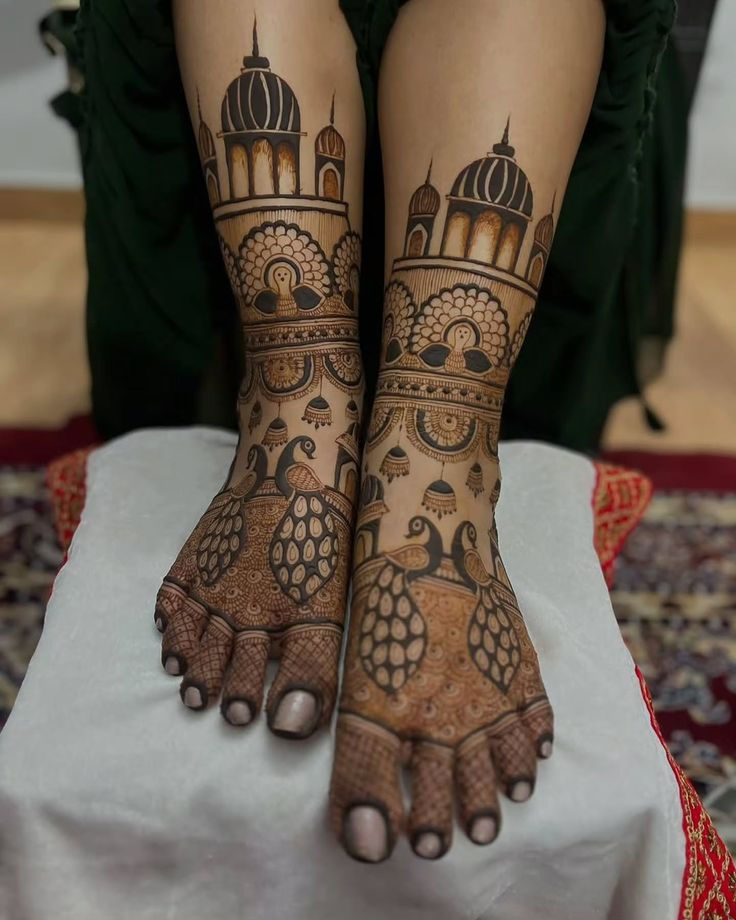
Regional Styles and Cultural Variations
North Indian Design Traditions
Rajasthani Influences Rajasthani front hand mehndi traditions feature bold, architectural patterns inspired by the region's palaces, forts, and decorative arts. Simple Rajasthani-inspired patterns often incorporate geometric motifs, architectural elements, and royal symbolism adapted for contemporary practice.

Traditional Rajasthani elements include elephant motifs representing strength and wisdom, peacock patterns symbolizing beauty and grace, and geometric mandala designs reflecting spiritual concepts. Simple adaptations maintain these symbolic meanings while reducing complexity for accessible application.
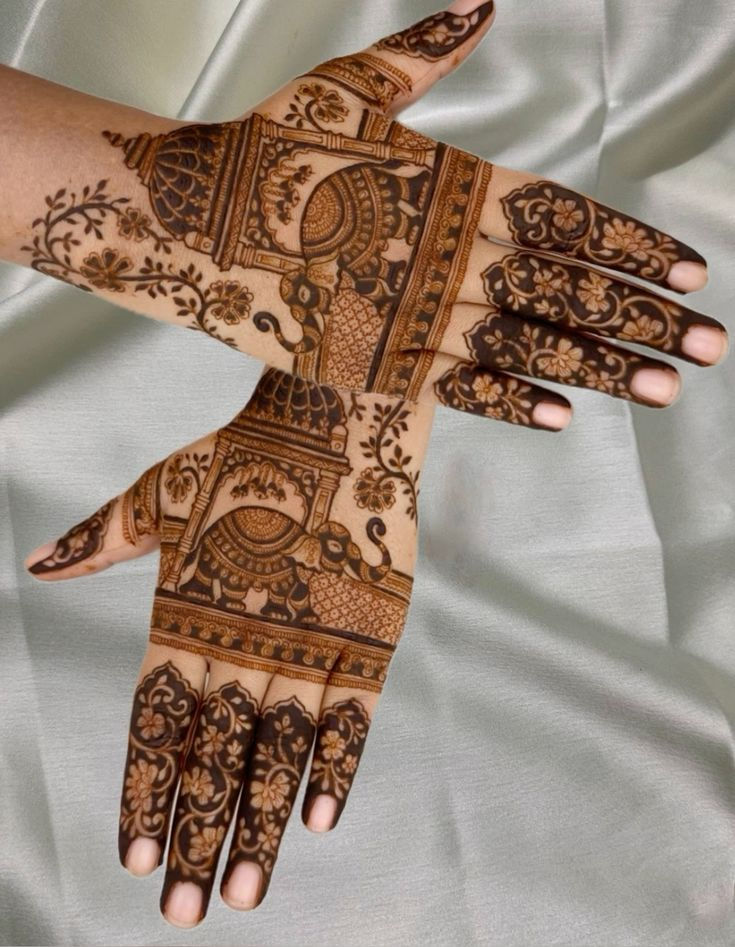
Punjabi Style Characteristics Punjabi mehndi traditions emphasize celebration, joy, and community participation. Simple Punjabi-inspired front hand patterns often feature festive motifs, agricultural symbols, and family-oriented themes that reflect the region's cultural values and lifestyle.

Cultural celebrations in Punjabi traditions incorporate mehndi as essential elements of weddings, festivals, and family gatherings. Simple patterns enable broader family participation while maintaining cultural authenticity and ceremonial significance.

South Indian Design Elements
Tamil and Kerala Traditions South Indian mehndi practices often emphasize temple-inspired patterns, classical dance motifs, and religious symbolism. Simple South Indian front hand designs might feature temple architecture elements, classical dance poses, or religious symbols adapted for contemporary practice.

Regional distinctions reflect diverse South Indian cultural traditions, from Tamil temple arts to Kerala classical dance forms. Simple patterns can honor these traditions while remaining accessible to practitioners unfamiliar with regional cultural contexts.
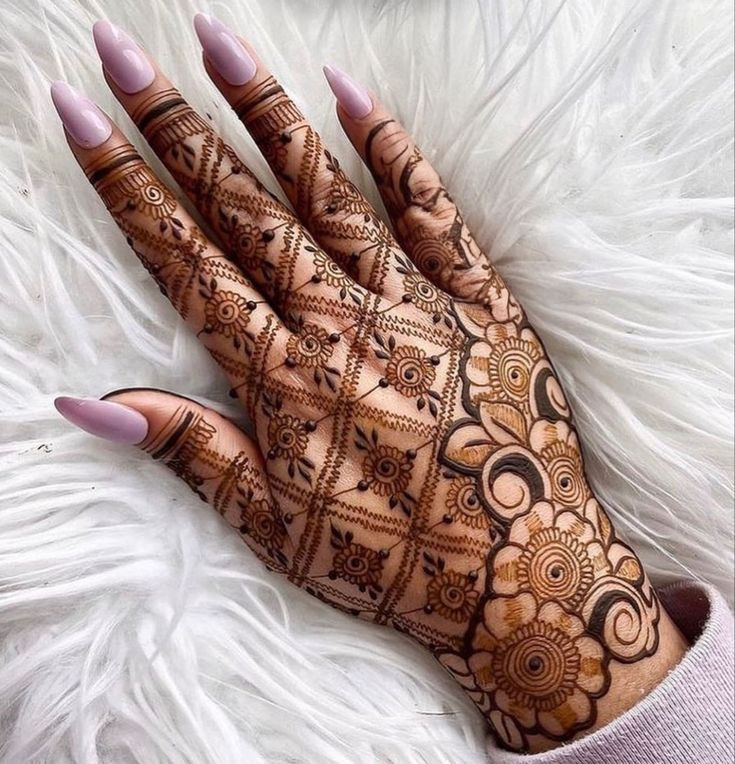
Contemporary South Indian Fusion Modern South Indian artists blend traditional regional elements with contemporary design approaches, creating unique fusion patterns that honor cultural heritage while appealing to global audiences seeking authentic yet accessible artistic expression.

Pakistani Design Philosophy
Cultural Identity and Expression Pakistani front hand mehndi traditions often emphasize bold, confident patterns that reflect the nation's rich cultural heritage and artistic traditions. Simple Pakistani-inspired designs might feature geometric precision, architectural motifs, or calligraphic elements adapted for contemporary practice.
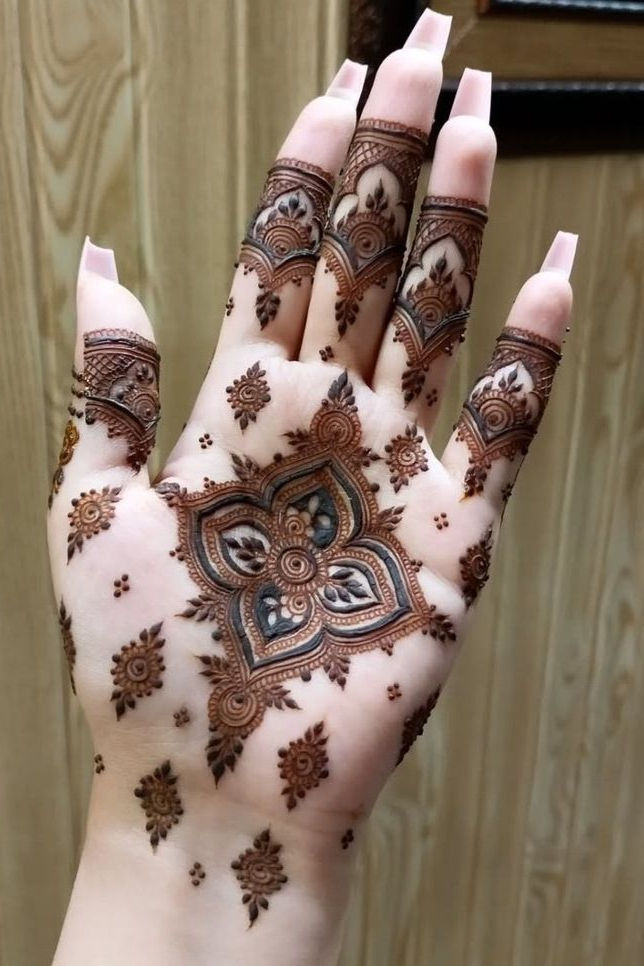
National cultural elements include Islamic geometric patterns, Mughal architectural influences, and regional folk art traditions that contribute to distinctive Pakistani mehndi aesthetics. Simple adaptations maintain these cultural connections while ensuring accessibility for diverse practitioners.
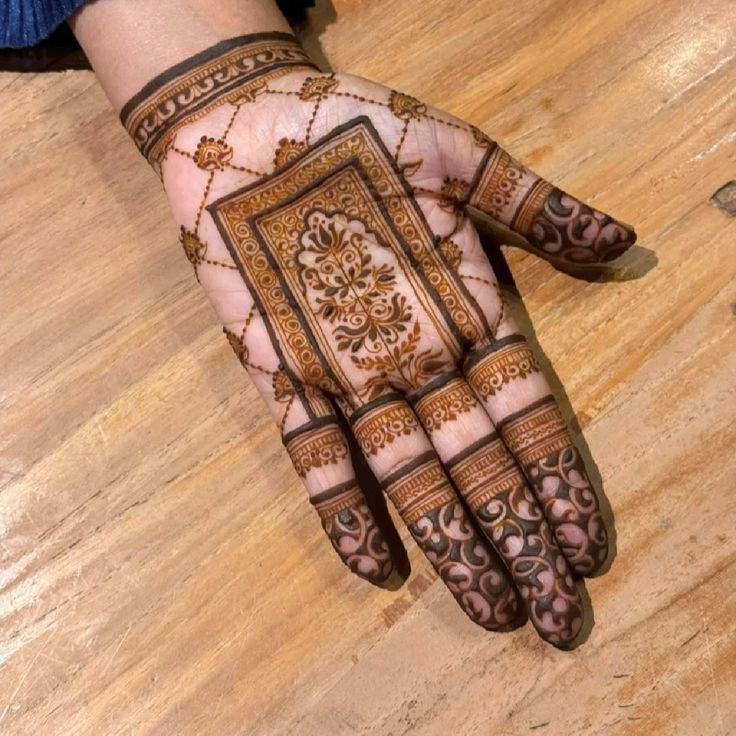
Modern Pakistani Innovation Contemporary Pakistani artists continue developing innovative approaches to traditional mehndi practices, creating patterns that honor cultural heritage while addressing modern lifestyle requirements and aesthetic preferences.

Color Development and Aesthetic Considerations
Understanding Henna Stain Development
Natural Color Progression Front hand simple mehndi design appearance evolves significantly during the 24-72 hour stain development period. Initial orange tones gradually deepen to rich brown or burgundy shades, with final color intensity depending on paste quality, application technique, and individual skin chemistry.
Color variation factors include skin type and thickness, paste preparation methods, essential oil additions, aftercare consistency, and environmental conditions during development. Understanding these variables helps set realistic expectations while optimizing results through proper technique and care.
Longevity and Fading Patterns Henna stains naturally fade over 1-3 weeks through normal skin exfoliation processes. Front hand designs typically last longer than back-hand patterns due to thicker palm skin, while areas with frequent water contact or friction fade more quickly.
Fading aesthetics can be beautiful in their own right, with patterns gradually becoming more subtle and integrated with natural skin tones. Many practitioners appreciate this natural progression as part of the mehndi experience rather than viewing fading as purely negative.
Photography and Visual Documentation
Optimal Photography Timing The best photography timing for front hand simple mehndi design occurs 24-48 hours after paste removal, when stains have developed their deepest, richest colors. Earlier photography captures lighter, orange-toned stains, while later sessions show beginning fade processes.
Color accuracy considerations include lighting conditions, camera settings, and post-processing approaches that maintain realistic color representation. Natural daylight provides optimal color accuracy, while artificial lighting may require color temperature adjustments for authentic appearance.
Composition and Styling Effective mehndi photography showcases pattern details while creating pleasing overall compositions. Consider hand positioning, background selection, lighting quality, and styling elements that enhance rather than compete with the henna design.
Documentation purposes vary from personal memory keeping to social media sharing to professional portfolio development. Each purpose may require different photographic approaches, technical considerations, and styling decisions to achieve optimal results.
Cultural Impact and Global Appreciation
Cross-Cultural Exchange and Learning
Educational Opportunities Front hand simple mehndi design practice offers valuable opportunities for cultural education and appreciation. Learning about traditional patterns, cultural contexts, and historical significance enriches the artistic experience while building understanding between different cultural communities.
Cultural bridge building occurs when practitioners from diverse backgrounds engage respectfully with mehndi traditions, share learning experiences, and contribute to broader cultural appreciation and understanding through artistic participation.
Academic and Artistic Research Scholarly research into mehndi traditions contributes to cultural preservation, artistic documentation, and educational resource development. Academic approaches help maintain authentic cultural knowledge while making it accessible to broader audiences through educational institutions and cultural programs.
Modern Cultural Dynamics
Social Media Influence Digital platforms significantly impact contemporary front hand simple mehndi design trends, spreading pattern ideas globally while sometimes disconnecting designs from their cultural contexts. Social media can promote cultural appreciation or contribute to appropriation, depending on how content is created and shared.
Viral pattern trends often emphasize visual appeal over cultural significance, leading to simplified or modified traditional patterns that prioritize photogenic qualities. This dynamic creates both opportunities for cultural sharing and risks of cultural misrepresentation or commercialization.
Cultural Sensitivity in Digital Spaces Responsible social media sharing includes crediting cultural origins, providing educational context, and avoiding commercial exploitation of traditional practices. These approaches help maintain cultural integrity while encouraging broader appreciation and participation.
Economic and Social Impacts
Artisan Support and Fair Trade Supporting authentic mehndi practitioners and suppliers helps maintain traditional knowledge while providing economic opportunities for cultural communities. Fair trade approaches ensure that cultural practitioners benefit from global appreciation of their traditions.
Cultural tourism related to mehndi experiences can provide economic benefits to traditional communities while promoting cultural exchange and understanding. Responsible tourism approaches emphasize education, respect, and authentic cultural engagement rather than superficial consumption.
Educational Program Development Schools, cultural centers, and community organizations increasingly offer mehndi workshops and educational programs that promote cultural understanding while teaching artistic skills. These programs contribute to cultural preservation and cross-cultural appreciation when designed thoughtfully and respectfully.
Future Trends and Innovations
Technological Integration
Digital Design Tools Contemporary artists increasingly use digital tools for pattern development, design documentation, and educational resource creation. Tablet applications, digital sketching tools, and pattern databases help preserve traditional knowledge while making it accessible to modern practitioners.
Virtual learning platforms enable global access to authentic mehndi education, connecting traditional practitioners with international students while maintaining cultural authenticity and providing economic opportunities for cultural communities.
Augmented Reality Applications Emerging AR technologies offer possibilities for virtual mehndi try-on experiences, pattern visualization, and educational applications that could revolutionize how people learn about and engage with mehndi traditions.
Sustainable and Ethical Practices
Environmental Considerations Growing environmental awareness influences mehndi practice through emphasis on organic henna sourcing, sustainable packaging, biodegradable application tools, and reduced waste approaches that minimize environmental impact while maintaining artistic quality.
Ethical sourcing ensures that henna production supports farming communities fairly while maintaining product quality and cultural authenticity. These approaches contribute to sustainable cultural practice that benefits traditional communities economically and environmentally.
Cultural Sustainability Long-term cultural preservation requires balancing innovation with tradition, ensuring that contemporary adaptations enhance rather than replace traditional practices, and maintaining authentic knowledge transmission between generations of practitioners.
Inclusive Practice Development
Accessibility Improvements Developing inclusive approaches to front hand simple mehndi design ensures that people with various abilities, cultural backgrounds, and learning styles can participate meaningfully in this traditional art form while maintaining cultural authenticity and respect.
Educational accessibility includes diverse learning formats, multilingual resources, and culturally sensitive teaching approaches that welcome practitioners from all backgrounds while maintaining authentic cultural knowledge and appropriate practice standards.
Community Building Successful future development requires building inclusive communities that honor cultural origins while welcoming diverse participation, maintaining educational standards, and promoting respectful cultural exchange through shared artistic practice.
Practical Applications and Lifestyle Integration
Personal Practice Development
Skill Building Strategies Developing proficiency in front hand simple mehndi design requires consistent practice, cultural education, and gradual skill progression. Successful practitioners often begin with basic traditional patterns before exploring contemporary adaptations or personal creative expression.
Practice scheduling that respects cultural contexts while fitting modern lifestyles helps maintain consistent skill development without overwhelming other commitments. Regular, shorter practice sessions often prove more effective than infrequent, intensive efforts.
Cultural Learning Integration Combining artistic skill development with cultural education creates richer, more meaningful practice experiences. Learning about traditional contexts, symbolic meanings, and cultural significance enhances artistic appreciation while ensuring respectful practice approaches.
Social and Family Applications
Family Tradition Building Many families adopt mehndi practice as a way to connect with cultural heritage, build family traditions, or create shared artistic experiences. Simple front hand designs provide accessible entry points for family participation across different age groups and skill levels.
Cultural celebration participation enables families and communities to engage with traditional practices during festivals, weddings, and cultural events. Simple patterns allow broader participation while maintaining cultural authenticity and ceremonial significance.
Intergenerational Knowledge Sharing Mehndi practice often facilitates valuable intergenerational connections, with older family members sharing traditional knowledge while younger generations contribute contemporary perspectives and technological skills.
Professional and Educational Applications
Cultural Education Programs Educational institutions increasingly incorporate mehndi workshops into cultural studies, art education, and diversity programming. Simple front hand designs provide accessible learning experiences that promote cultural understanding and artistic skills simultaneously.
Professional artistic development for those pursuing mehndi as career paths requires mastering simple patterns before advancing to complex designs. Strong foundational skills in simple patterns prepare artists for professional practice while ensuring cultural authenticity and technical competence.
Therapeutic and Wellness Applications Some practitioners explore mehndi as meditative practice, stress relief activity, or therapeutic artistic expression. The focused concentration required for pattern application can provide mindfulness benefits while creating beautiful artistic results.
Conclusion: The Enduring Appeal of Front Hand Simple Mehndi Design
Front hand simple mehndi design represents a perfect intersection of cultural tradition, artistic beauty, and contemporary accessibility. These patterns honor thousands of years of cultural development while remaining achievable for modern practitioners seeking meaningful artistic expression.
Cultural Bridge Building: Simple front hand designs serve as cultural bridges, connecting traditional practices with contemporary lifestyles while maintaining authentic respect for cultural origins. This accessibility helps preserve traditional knowledge by making it relevant and appealing to new generations of practitioners.
Artistic Accessibility: The combination of visual impact and technical achievability makes front hand simple mehndi design ideal for practitioners at all skill levels. Beginners can create satisfying results while developing fundamental skills, while experienced artists can explore cultural traditions and contemporary innovations within established frameworks.
Personal Expression: Within traditional frameworks, simple front hand designs offer opportunities for personal creativity and meaningful artistic expression. Whether practicing for cultural celebrations, personal enjoyment, or artistic development, these patterns provide rich opportunities for growth and exploration.
Future Potential: As global interest in cultural traditions continues growing, front hand simple mehndi design will likely play important roles in cultural education, artistic expression, and cross-cultural understanding. The enduring appeal of these patterns lies in their ability to connect people with cultural beauty while remaining accessible and relevant to contemporary life.
Cultural Responsibility: Moving forward, practitioners must balance innovation with tradition, ensuring that contemporary adaptations enhance rather than replace traditional practices while maintaining authentic cultural knowledge and respectful practice approaches. This responsibility ensures that future generations can continue enjoying and learning from these beautiful cultural traditions.
The world of front hand simple mehndi design offers endless possibilities for exploration, learning, and artistic expression. Whether you're drawn to traditional cultural patterns, contemporary artistic innovations, or personal creative exploration, these designs provide rich opportunities for meaningful engagement with one of humanity's most beautiful and enduring artistic traditions.
Explore our complete collection of front hand mehndi designs for inspiration, or learn application techniques through our comprehensive tutorials to begin your own mehndi journey.


